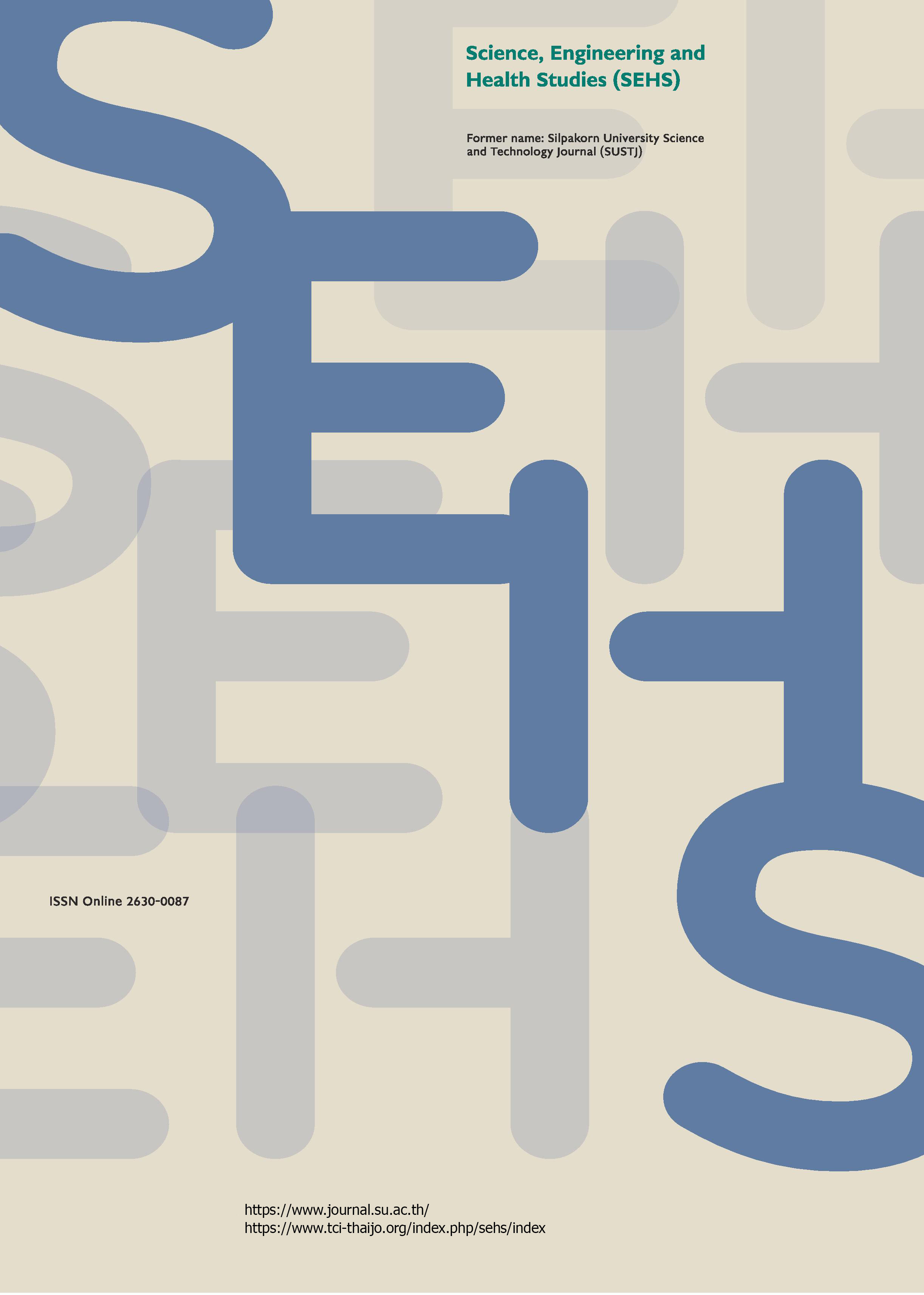Service priority classification using machine learning
Main Article Content
Abstract
This article details a procedure for classifying service cases with various priority levels based on machine learning (ML). It accurately defines the priority level of each service case. The presence of imbalanced datasets in service cases poses a challenge for achieving reliable classification accuracy. To address this, the use of the synthetic minority over-sampling technique (SMOTE) was proposed as the method for balancing the datasets prior to applying the ML method. From these experimental results, an improvement in the precision of the learning process was observed, which led to better outcomes in the test sets. This improvement was measured using the efficiency metrics from the confusion matrix. The experiment involved 6,182 service cases, categorized into four levels: critical, serious, moderate, and low. These were based on test comparisons with other ML methods. The accuracy achieved in the test data was 94.37%. By employing a hybrid technique to address the imbalance in SMOTE and the support vector machine model, it was found to be more effective than the comparative term frequency-inverse document frequency model that was used in conjunction with cosine similarity, which achieved an evaluation score of 70.14%.
Downloads
Article Details

This work is licensed under a Creative Commons Attribution-NonCommercial-NoDerivatives 4.0 International License.
References
Boonprapapan, T., Horata, P., and Seresangtakul, P. (2022). Incident task sequence for service priority using cosine similarity. In Proceedings of the 1st International Conference on Technology Innovation and Its Applications (ICTIIA), pp. 87–92. Tangerang, Indonesia.
Brandt, J., and Lanzén, E. (2021). A comparative review of SMOTE and ADASYN in imbalanced data classification. Bachelor Degree. Uppsala Universitet, Sweden.
Chawla, N. V., Bowyer, K. W., Hall, L. O., and Kegelmeyer, W. P. (2002). SMOTE: Synthetic minority over-sampling technique. Journal of Artificial Intelligence Research, 16, 321–357.
Chemchem, A., Alin, F., and Krajecki, M. (2019). Combining SMOTE sampling and machine learning for forecasting wheat yields in France. In Proceedings of the IEEE Second International Conference on Artificial Intelligence and Knowledge Engineering (AIKE), pp. 9–14. Sardinia, Italy.
Chemchem, A., and Drias, H. (2015). From data mining to knowledge mining: Application to intelligent agents. Expert Systems with Applications, 42(3), 1436–1445.
Davagdorj, K., Lee, J. S., Pham, V. H., and Ryu, K. H. (2020). A comparative analysis of machine learning methods for class imbalance in a smoking cessation intervention. Applied Sciences, 10(9), 3307.
Dynamics 365. (2022). What is dynamics 365? [Online URL: https://dynamics.microsoft.com/th-th/what-is-dynamics365/] accessed on July 24, 2022.
He, H., Bai, Y., Garcia, E. A., and Li, S. (2008). ADASYN: Adaptive synthetic sampling approach for imbalanced learning. In Proceedings of the IEEE International Joint Conference on Neural Networks (IEEE World Congress on Computational Intelligence), pp. 1322–1328. Hong Kong.
Hripcsak, G., and Rothschild, A. S. (2005). Agreement, the f-measure, and reliability in information retrieval. Journal of the American Medical Informatics Association, 12(3), 296–298.
Intayoad, W., Kamyod, C., and Temdee, P. (2018). Synthetic minority over-sampling for improving imbalanced data in educational web usage mining. ECTI Transactions on Computer and Information Technology, 12(2), 118–129.
Khamphakdee, N., and Seresangtakul, P. (2021). Sentiment analysis for Thai language in hotel domain using machine learning algorithms. Acta Informatica Pragensia, 10(2), 155–171.
Klintberg, A. (2017). Explaining precision and recall. Medium. [Online URL: https://medium.com/@klintcho/explaining-precision-and-recall-c770eb9c69e9] accessed on July 24, 2022.
Microsoft. (2019). Microsoft SQL Server. [Online URL: https://www.microsoft.com/en-gb/sql-server/sql-server-2019] accessed on July 24, 2022.
Mohajon, J. (2020). Confusion matrix for your multi-class machine learning model. Medium. [Online URL: https://towardsdatascience.com/confusion-matrix-for-your-multi-class-machine-learning-model-ff9aa3bf7826] accessed on July 24, 2023.
PyThaiNLP. (2022). PyThaiNLP Library. [Online URL: https://pythainlp.org/] accessed on July 24, 2022.
Python Programming Language. (2022). Python. [Online URL: https://www.python.org] accessed on July 24, 2022.
scikit-learn. (2022). GridSearchCV. [Online URL: https://scikit-learn.org/stable/modules/generated/sklearn.model_selection.GridSearchCV.html] accessed on July 24, 2022.
Sreejith, S., Nehemiah, H. K., and Kannan, A. (2020). Clinical data classification using an enhanced SMOTE and chaotic evolutionary feature selection. Computers in Biology and Medicine, 126, 103991.
Wang, K.-J., Adrian, A. M., Chen, K.-H., and Wang, K.-M. (2015). A hybrid classifier combining Borderline-SMOTE with AIRS algorithm for estimating brain metastasis from lung cancer: A case study in Taiwan. Computer Methods and Programs in Biomedicine, 119(2), 63–76.


